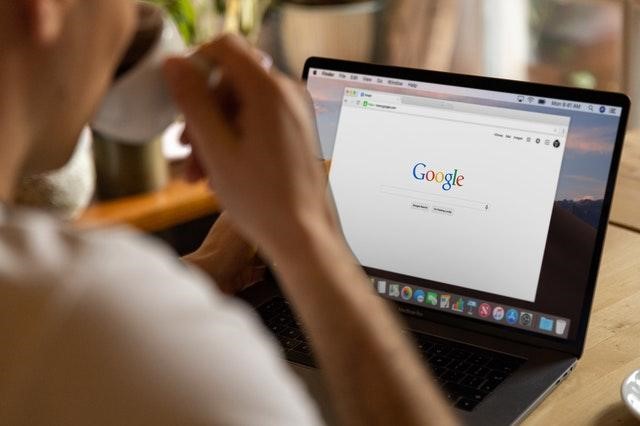May’s New Update Brings Page Experience to Google Search
Last year in May, Google announced that page experience signals would be included in Google Search ranking. These signals measure how users perceive the experience of interacting with a web page. By gathering information on this, Google can better understand what types of experiences are most valuable to users.

Google’s new update is being released this May 2021. Even though webmasters have had a year to plan, many are still unsure of what to expect. In this post, we’re going to cover what page experience signals are and how to prepare your site for the new update.
Core Web Vitals: What Do They Mean for Your Website?
To put it briefly, the new page experience signal will determine how good or bad a site’s user experience is, and this will factor into where it should rank in the search engines. Some of the sub-signals that factor into the page experience are already measured by Google and others are new.
Some of the existing sub-signals you already know about include mobile friendliness, safe browsing, HTTPs and non-intrusive interstitial ads. The new sub-signals, known collectively as Core Web Vitals, including the following:
- Largest contentful paint (LCP). This refers to the measure of a page’s loading time. By Google’s standard, a good LCP is 2.5 seconds.
- First input delay (FID). This measures how long it takes a page to become interactive. A good FID is less than 100 milliseconds.
- Cumulative layout shift (CLS). This is a measure of a web page’s visual stability. You should strive for a CLS score of less than 0.1.
How to Prepare Your Website for the New Update
Since this update comes from Google, you can use the available tools to measure your site’s page experience. For example, the Search Console has a new Core Web Vitals report that shows a snapshot of how your site is currently performing and the pages that could use improvements.
Once you know which pages need attention, you can use PageSpeed Insights to identify what specific areas need to be fixed. These tools won’t tell you exactly how your pages are performing, but they do provide an understanding of where your site stands and ways to get better.
A few other things you can do include:
- Optimize images
- Upgrade web hosting
- Prioritize above-the-fold content
- Monitor mobile responsiveness
- Implement lazy loading
- Use preload fonts
- Minify and consolidate CSS
There are many different variables that contribute to SEO in Jackson MS, which is why there are so many tips and tricks you can follow. But at the end of the day, maintaining a mobile responsive, fast loading site with great content is the backbone for success. If you have questions or concerns regarding the new update and how it will affect your website, contact KBDC, Inc today.




